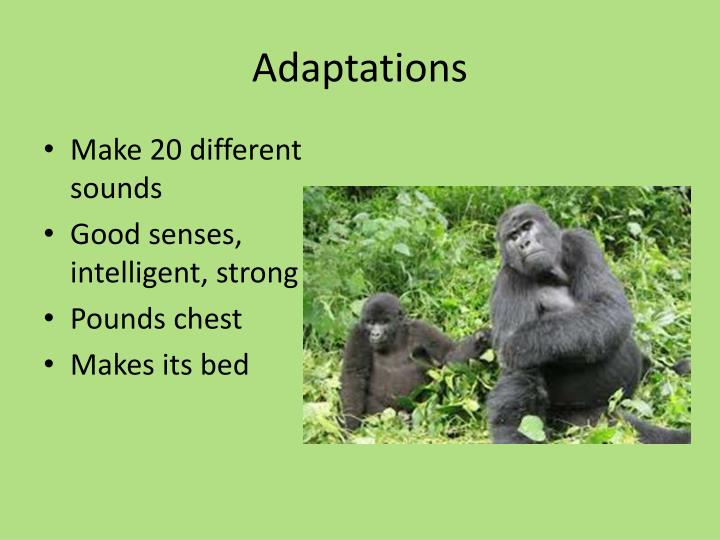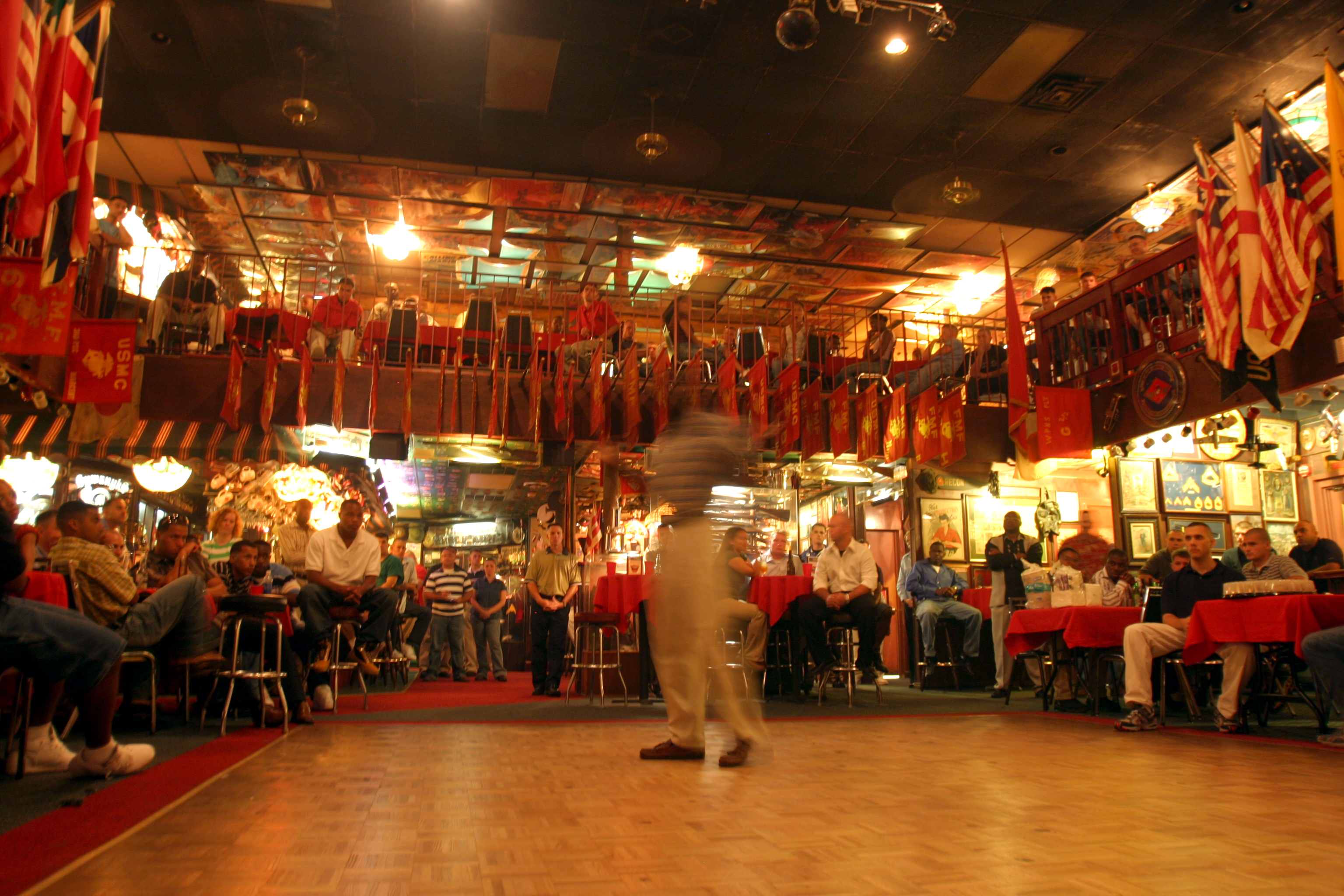


That’s one of the really good things about this group: we’ve never compromised ourselves – we’ve only ever played what we feel we could enjoy playing.” “In fact, the main thing for Stewart and myself is to give it a go. We have to write a song and hope that Sting will sing it,” he smiles. He writes for his own voice and obviously has an advantage over Stewart and myself there. “The thing is,” Summers admitted to NME, “Sting writes really good songs. Sting may have written the lion’s share of the songs and thus the hit singles, but that didn’t seem to unduly bother the rest of the band. That’s one of the really good things about this group: we’ve never compromised ourselves – we’ve only ever played what we feel we could enjoy playing Andy Summers That guitar chord Andy came up with for Walking On The Moon was just mind-blowing.” “There were some big black holes in Walking On The Moon and you get those on the radio and people are immediately sucked in. “As a three-piece, what was intelligent about us was, instead of trying to pretend we were a bigger band, we used that limitation to our advantage: less is more,” Sting told Q over a decade after Reggatta’s release and subsequent success. But even though the band had more tracks to play with, they still kept things relatively straightforward. Since the recording of Outlandos, Gray had upgraded the studio from a 16-track setup to a 24-track one, complete with Sony MCI desk. It was born of the chemistry between the three of us Andy Summersįrom February through late summer of 1979, Sting, Summers and Copeland decamped to Leatherhead to Surrey Sound Studios, the domain of producer Nigel Gray, with whom they had worked on their debut Outlandos d’Amour.

There was a three-way effort to come up with that sound, it wasn’t just Sting.


 0 kommentar(er)
0 kommentar(er)
